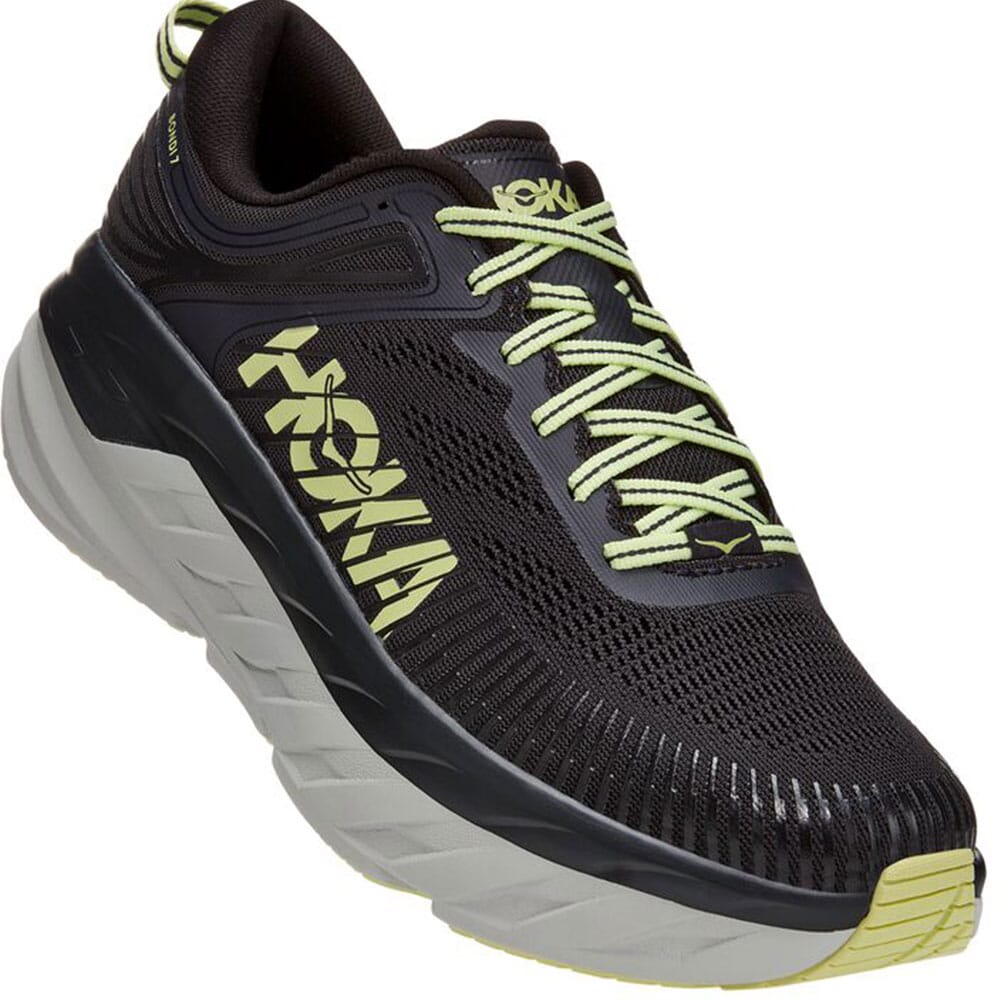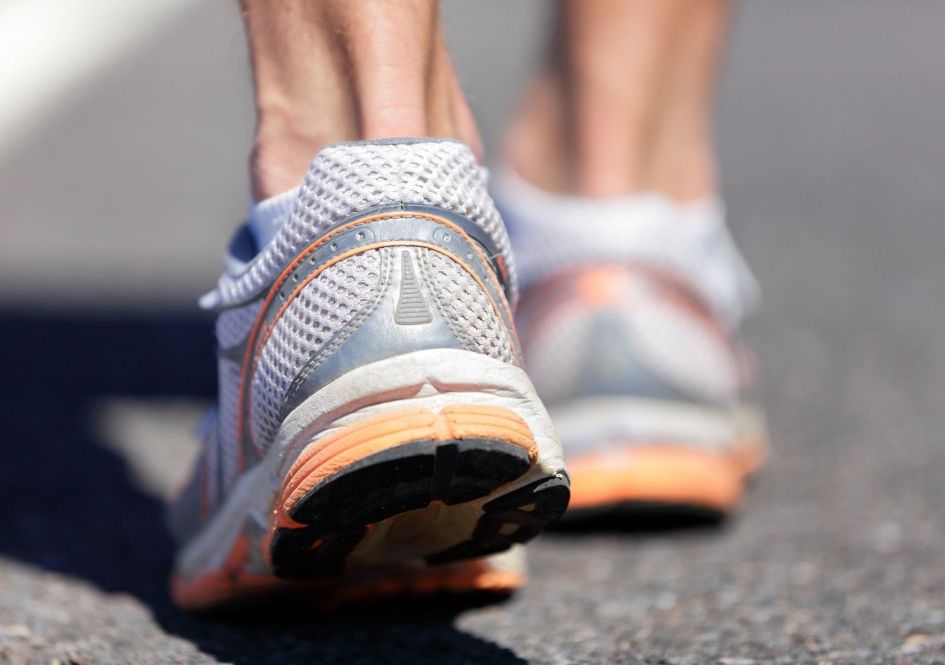Understanding Posterior Tibial Tendonitis and its Impact on Running
Posterior tibial tendonitis is a common condition among runners, characterized by inflammation and small tears in the posterior tibial tendon. This tendon, which connects the calf muscle to the bones on the inside of the foot, plays a crucial role in supporting the arch and facilitating inversion (turning inward) of the foot. When this tendon becomes inflamed or damaged, it can lead to pain and swelling along the inside of the ankle and foot, making running uncomfortable or even unbearable.
Proper footwear is essential for managing and recovering from posterior tibial tendonitis. The best running shoes for posterior tibial tendonitis offer ample arch support, cushioning, stability, and motion control to minimize stress on the affected tendon. By providing the necessary support and shock absorption, these shoes can help alleviate pain, prevent further injury, and facilitate the healing process.
Key Features to Look for in Running Shoes for Posterior Tibial Tendonitis
When searching for the best running shoes for posterior tibial tendonitis, it’s essential to consider several key features that promote recovery and prevent further injury. These features include:
- Arch support: Adequate arch support is crucial for distributing pressure evenly across the foot and reducing strain on the posterior tibial tendon. Shoes with built-in arch support or removable orthotics can accommodate various foot types and provide the necessary reinforcement.
- Cushioning: Generous cushioning absorbs the impact of each footstrike, reducing stress on the tendon and joints. Look for shoes with ample cushioning in the midsole and outsole, particularly in the heel and arch areas.
- Stability: Stability features, such as firm heel counters and guided support systems, help maintain proper foot alignment and prevent excessive inward rolling (overpronation), which can exacerbate posterior tibial tendonitis.
- Motion control: Motion control shoes are designed to minimize overpronation and provide additional support for runners with flat feet or low arches. These shoes often feature firmer materials and denser cushioning in the arch and midfoot areas.
By focusing on these key features, you can find the best running shoes for posterior tibial tendonitis that cater to your specific needs and support your recovery journey.
Review: HOKA ONE ONE Bondi 7
The HOKA ONE ONE Bondi 7 is a popular choice among runners seeking the best running shoes for posterior tibial tendonitis. This shoe boasts several features that make it an excellent option for managing and recovering from this condition.
- Arch support: The Bondi 7 offers a full-length, moderately high EVA midsole that provides excellent arch support, cradling the foot and reducing stress on the posterior tibial tendon.
- Cushioning: With its signature plush cushioning, the Bondi 7 offers maximum shock absorption, protecting the tendon and joints from excessive impact. The early-stage meta-rocker design further enhances the shoe’s cushioning and smooth transition during the gait cycle.
- Stability: The Bondi 7 features a firm heel counter and a slightly wider base, which provides stability and helps maintain proper foot alignment, preventing overpronation and reducing strain on the tendon.
The Bondi 7’s seamless, breathable upper and lightweight design ensure a comfortable fit, allowing runners with posterior tibial tendonitis to enjoy a pain-free running experience. With its impressive blend of arch support, cushioning, and stability, the HOKA ONE ONE Bondi 7 is undoubtedly a top contender for the best running shoes for posterior tibial tendonitis.
Review: ASICS Gel-Kayano 28
The ASICS Gel-Kayano 28 is another popular choice for runners seeking the best running shoes for posterior tibial tendonitis. This shoe offers a range of features that make it an excellent option for managing and recovering from this condition.
- Motion control: The Gel-Kayano 28 features ASICS’ Dynamic DuoMax support system, which provides outstanding motion control and helps prevent overpronation, reducing strain on the posterior tibial tendon.
- Cushioning: The shoe’s FlyteFoam midsole technology offers superior shock absorption, protecting the tendon and joints from excessive impact. Additionally, the rearfoot and forefoot Gel cushioning systems further absorb shock and promote a smooth transition during the gait cycle.
- Support: The Gel-Kayano 28’s Trusstic System technology provides excellent support and stability, maintaining proper foot alignment and reducing stress on the tendon.
The ASICS Gel-Kayano 28’s breathable, engineered mesh upper and Ortholite X-40 sockliner ensure a comfortable fit, allowing runners with posterior tibial tendonitis to enjoy a pain-free running experience. With its impressive blend of motion control, cushioning, and support, the ASICS Gel-Kayano 28 is a strong contender for the best running shoes for posterior tibial tendonitis.
Review: Brooks Adrenaline GTS 21
The Brooks Adrenaline GTS 21 is a highly-regarded stability shoe that caters well to runners seeking the best running shoes for posterior tibial tendonitis. Its features promote recovery and help manage the condition effectively.
- Stability: The Adrenaline GTS 21 boasts Brooks’ GuideRails Holistic Support System, which offers excellent stability and helps maintain proper foot alignment, reducing stress on the posterior tibial tendon.
- Cushioning: The shoe’s DNA LOFT crash pad and BioMoGo DNA midsole technologies provide plush cushioning, absorbing shock and promoting a smooth transition during the gait cycle. This cushioning system protects the tendon and joints from excessive impact.
- Fit: The Adrenaline GTS 21’s 3D Fit Print upper offers a comfortable, secure fit, adapting to the unique shape of each runner’s foot. This adaptability is particularly beneficial for runners with posterior tibial tendonitis, as it accommodates any foot swelling or tenderness.
The Brooks Adrenaline GTS 21’s segmented crash pad and omega flex grooves ensure a smooth heel-to-toe transition, reducing strain on the tendon. With its impressive blend of stability, cushioning, and fit, the Brooks Adrenaline GTS 21 is a strong candidate for the best running shoes for posterior tibial tendonitis.
How to Choose the Right Running Shoes for Your Needs
Selecting the best running shoes for posterior tibial tendonitis involves considering several factors to ensure a proper fit and adequate support. Here are some guidelines to help you make the right choice:
- Foot type: Identify your foot type (neutral, overpronator, or supinator) to determine the level of support and motion control you need. Runners with posterior tibial tendonitis typically benefit from stability or motion control shoes.
- Cushioning: Determine the level of cushioning that suits your running style and comfort preferences. Runners with tendonitis may prefer shoes with extra cushioning to absorb impact and reduce stress on the affected area.
- Arch support: Ensure the shoe provides adequate arch support, especially if you have flat feet or low arches. Proper arch support can help distribute pressure evenly across the foot and alleviate pain associated with posterior tibial tendonitis.
- Fit and comfort: Prioritize a secure and comfortable fit, allowing for some wiggle room in the toe box. A well-fitting shoe can prevent blisters, hot spots, and further irritation to the affected tendon.
- Personal preferences: Consider your running style, preferred terrain, and aesthetic preferences when selecting the best running shoes for posterior tibial tendonitis. A shoe that meets your unique needs and preferences will encourage regular use and promote recovery.
By taking these factors into account, you can find the best running shoes for posterior tibial tendonitis and ensure long-term comfort and support on your running journey.
Maintaining Your Running Shoes for Long-Term Success
Proper running shoe maintenance is crucial for ensuring long-term comfort and support, especially for runners with posterior tibial tendonitis. Here are some guidelines to help you maintain your running shoes effectively:
- Cleaning: Regularly clean your running shoes by removing dirt and debris from the outsole and upper. Use a soft brush and mild soap, then let the shoes air dry. Avoid using heat, as it can damage the shoe materials.
- Storage: Store your running shoes in a cool, dry place away from direct sunlight. This helps preserve the shoe’s materials and cushioning, ensuring long-term support for your feet.
- Replacement guidelines: Replace your running shoes every 300-500 miles or when you notice a decrease in cushioning, support, or overall shoe performance. For runners with posterior tibial tendonitis, it’s essential to replace worn-out shoes promptly to prevent further strain on the affected tendon.
- Multiple pairs: Consider rotating between two or more pairs of running shoes. This allows the shoes to fully recover between runs, extending their lifespan and maintaining optimal support for your feet.
By following these maintenance guidelines, you can ensure that your running shoes provide consistent comfort and support, helping you manage posterior tibial tendonitis and maintain a healthy running routine.
Additional Support and Recovery Techniques for Posterior Tibial Tendonitis
While selecting the best running shoes for posterior tibial tendonitis is crucial, incorporating complementary support and recovery techniques can further enhance your healing process. Here are some methods to consider:
- Stretching: Regularly stretch the calf muscles, Achilles tendon, and plantar fascia to maintain flexibility and reduce tension on the posterior tibial tendon. Focus on dynamic stretches before running and static stretches after running to promote recovery.
- Strengthening exercises: Perform exercises that target the muscles surrounding the ankle and foot, such as toe curls, heel raises, and ankle inversions/eversions. Strengthening these muscles can help stabilize the foot and reduce strain on the posterior tibial tendon.
- Orthotics: Custom or over-the-counter orthotics can provide additional arch support and cushioning, helping to alleviate pain and stress on the affected tendon. Consult with a healthcare professional or a specialized running store to determine the best orthotics for your needs.
- Cross-training: Engage in low-impact cross-training activities, such as swimming, cycling, or using an elliptical machine, to maintain fitness while reducing stress on the posterior tibial tendon. This can help promote healing and prevent re-injury.
- Rest and ice: Allow adequate time for rest and recovery between runs, and apply ice to the affected area to reduce inflammation and pain. This can help facilitate the healing process and allow you to return to running more quickly.
By combining the best running shoes for posterior tibial tendonitis with these additional support and recovery techniques, you can create a comprehensive healing plan and get back on the road in no time.








